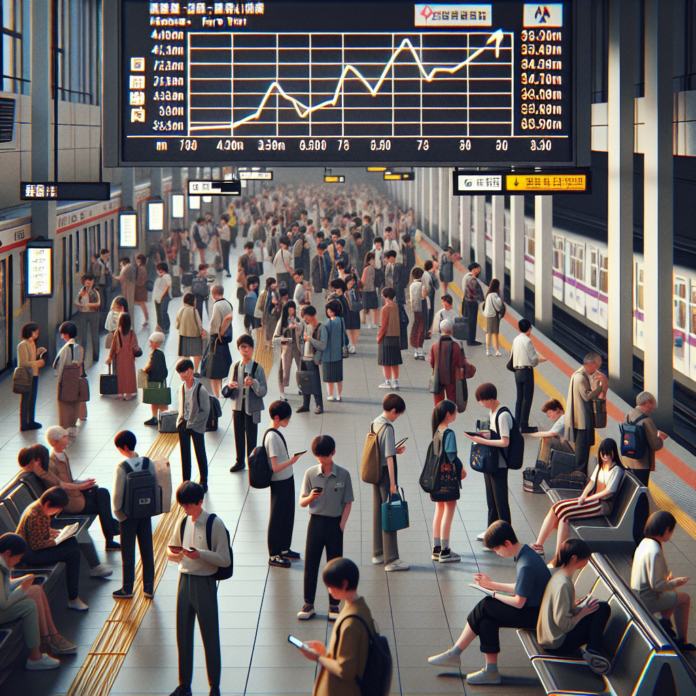Inflation has a profound impact on the global economy, permeating various sectors, of which transportation is notably affected. This sector, integral to the movement of goods and people, experiences a direct correlation between inflation rates and transportation costs. From fuel prices to the cost of vehicle maintenance, the domino effect of inflation is felt by both service providers and consumers. In this article, we will navigate the currents of rising transportation costs and their subsequent effects.
Fuel Prices: The Driving Factor
A primary factor linking inflation to transportation costs is fuel prices. Fuel, being a significant operational cost for transportation companies, becomes more expensive during inflationary periods. The pinch is felt not only by commercial operators but also by everyday consumers at the pump.
For current fuel price trends and analysis, check out Oil Price Information Service (OPIS) which provides comprehensive data to understand the volatility of energy pricing.
Vehicle Maintenance and Replacement Costs
Inflation also means higher costs for vehicle parts and labor, making maintenance more costly for transportation companies and individual car owners alike. Furthermore, the purchase price of new vehicles has surged, affecting replacement cycles and ultimately leading to an increase in operational costs down the line.
Websites like Edmunds offer a glimpse into the rising costs of vehicles and the automotive market’s inflationary impact.
Public Transportation and Infrastructure Spending
Inflation affects government’s ability to invest in public transportation infrastructure, which has a ripple effect on transit costs for end-users. Budget constraints may lead to reduced services, less frequent maintenance, and eventually higher ticket prices to offset the inflated costs of materials and labor.
Analyses from organizations such as The American Public Transportation Association (APTA) highlight the financial hurdles faced in public transportation and infrastructure advancements.
Shipping and Freight Costs
For goods transportation, inflation drives up freight and shipping costs. As carriers adjust their prices to combat increased operational expenses, businesses are often left to pass those additional costs on to consumers, contributing to wider inflationary pressures.
Industry insights on shipping costs can be found on Freightos, a freight and logistics marketplace offering data on current rates and trends.
Adapting to Inflation in Transportation
To cope with rising transportation costs, companies and individuals alike are exploring alternative solutions. Enhanced route optimization, investment in fuel-efficient or electric vehicles, and utilizing different modes of transportation can help mitigate some of the financial burdens imposed by inflation.
For more on how industries are adapting to inflated transportation costs, resources like The International Transport Forum (ITF) provide research and policy analysis on sustainable transportation practices.
Conclusion
The influence of inflation on transportation costs is indisputable and far-reaching. As the price of fuel, vehicles, and labor continue to rise, the financial repercussions are felt across the entire transportation industry. From adjusting household budgets to accompany higher fuel costs to international businesses absorbing more expensive freight charges, the challenges of inflation demand strategic planning and innovative solutions. Understanding these dynamics is essential as both industry players and consumers brace against the tides of inflation reshaping transportation economics.




 AGF-B.CO
AGF-B.CO